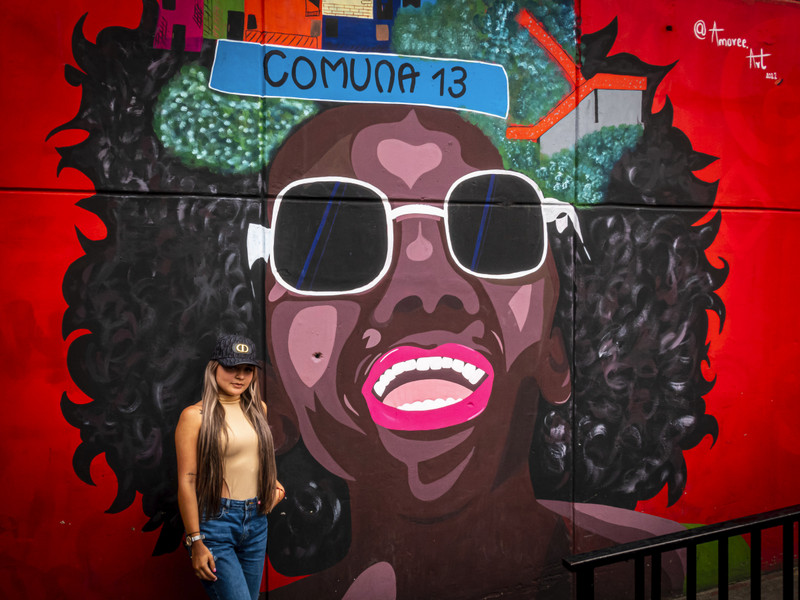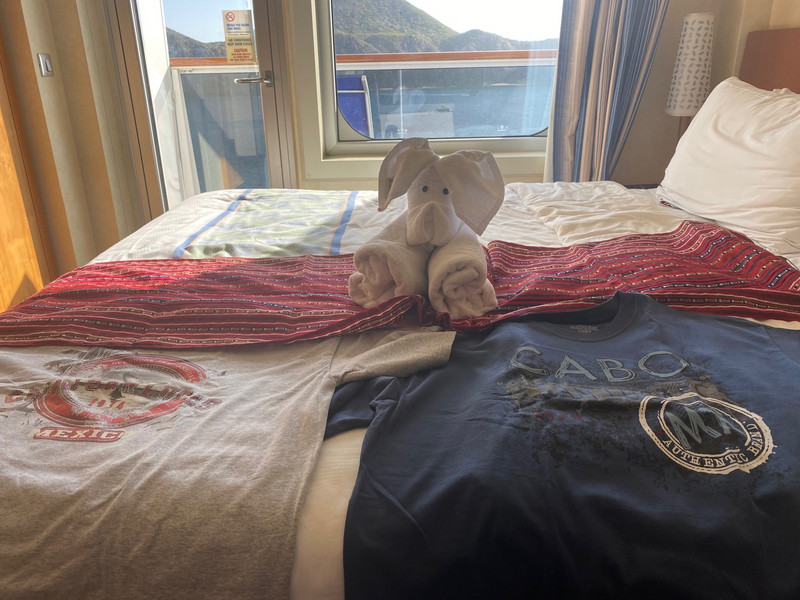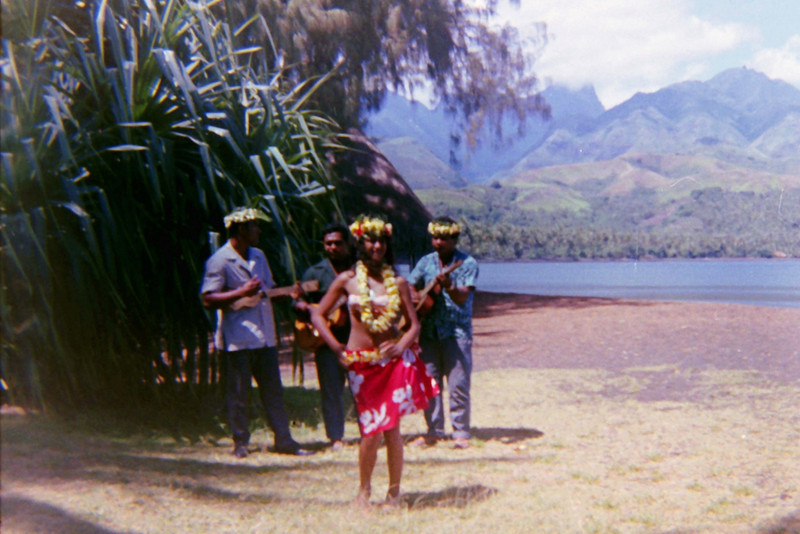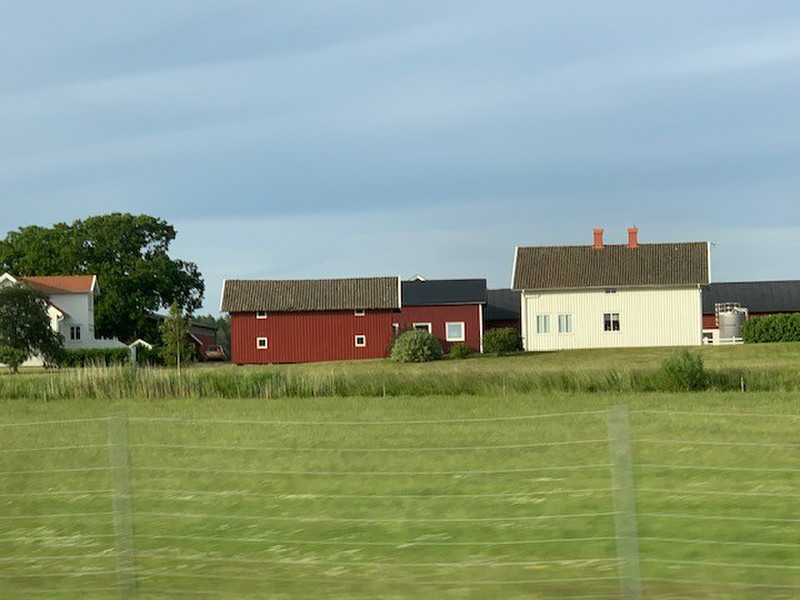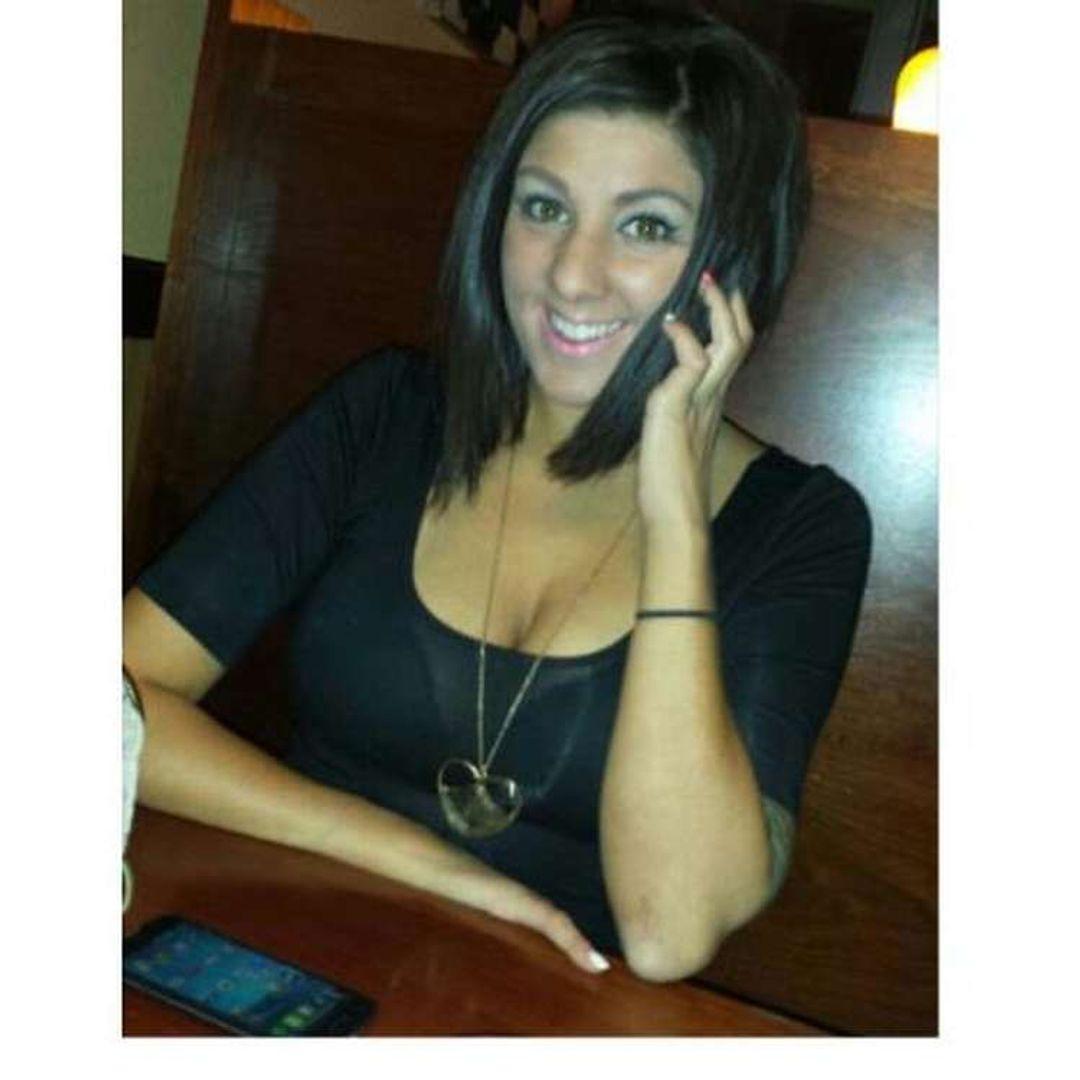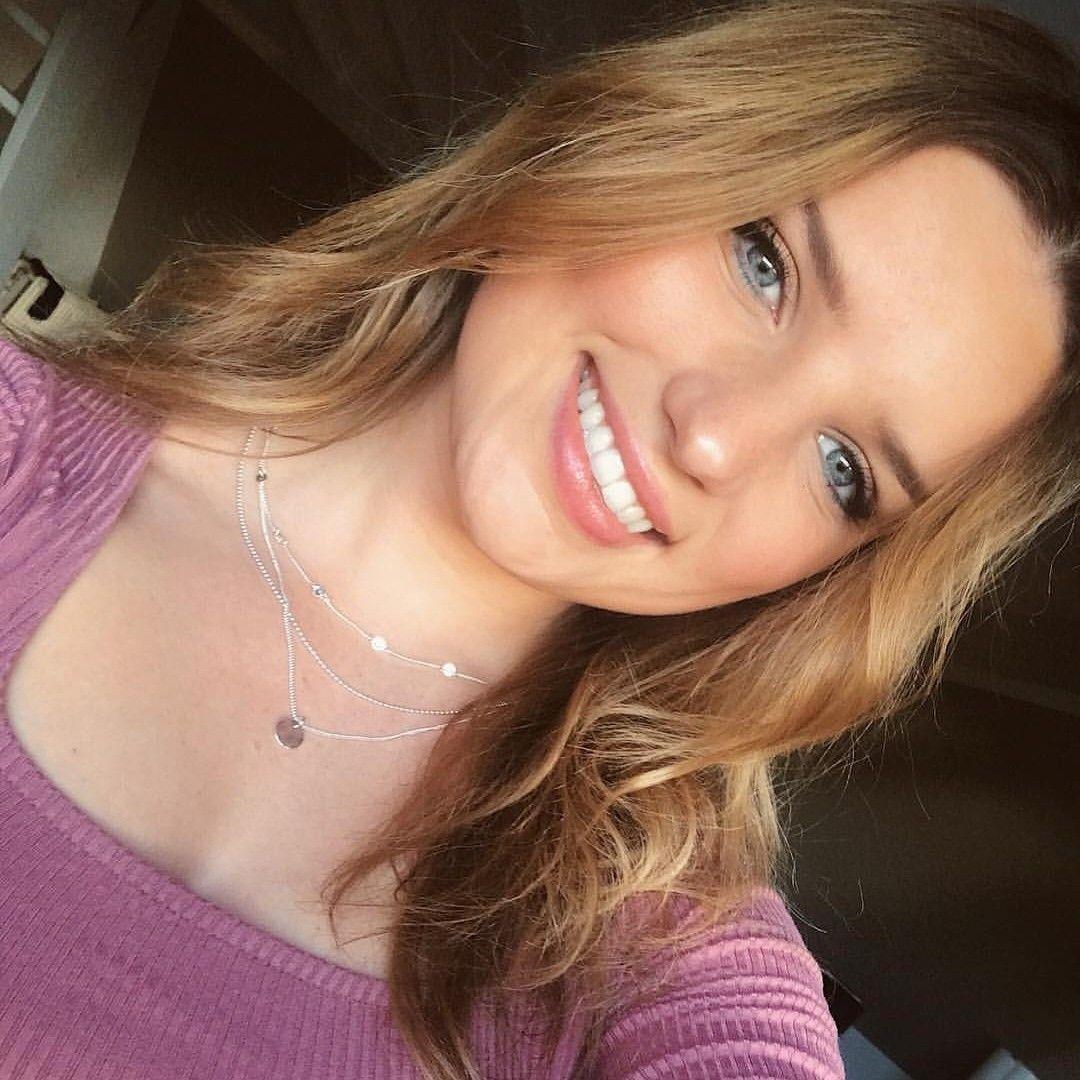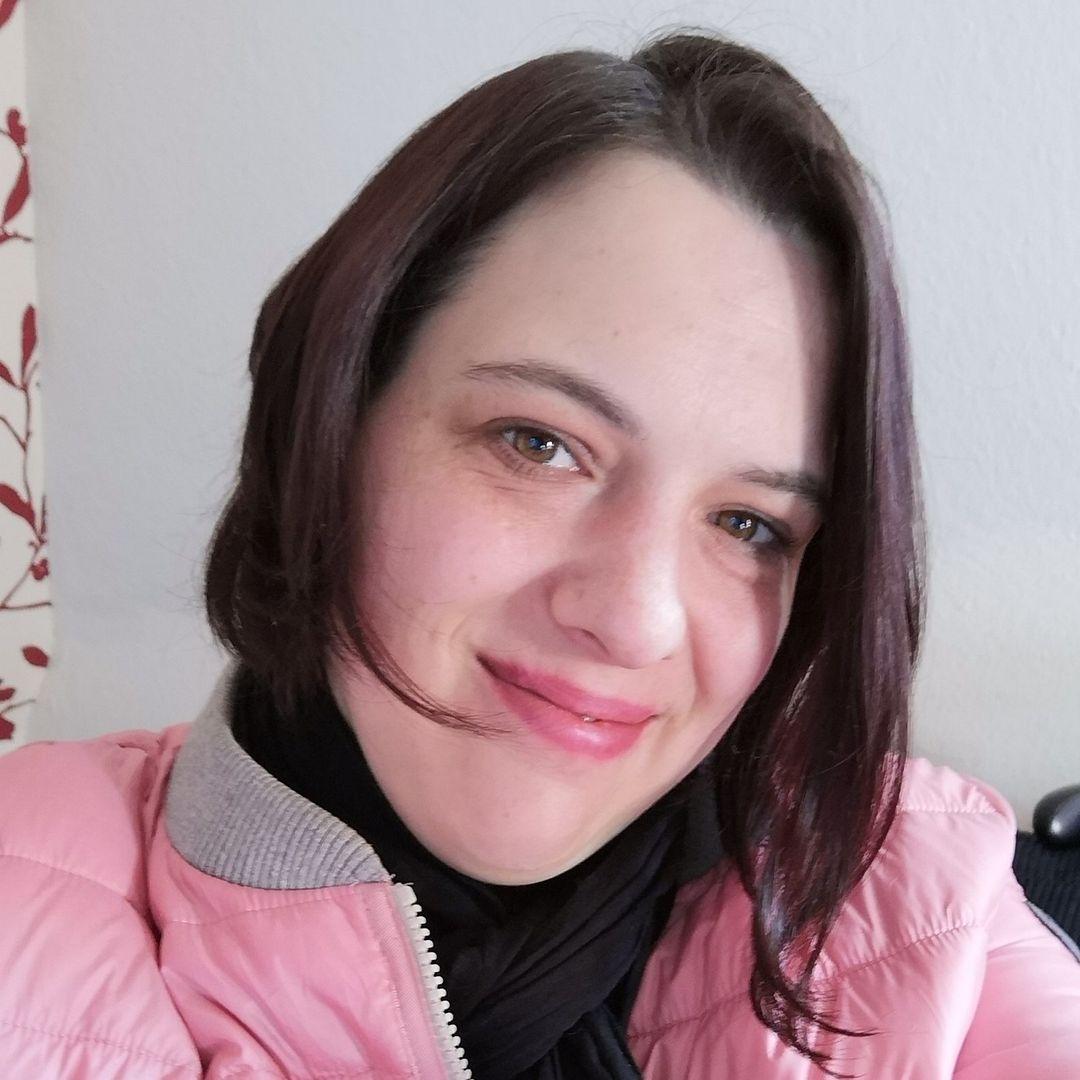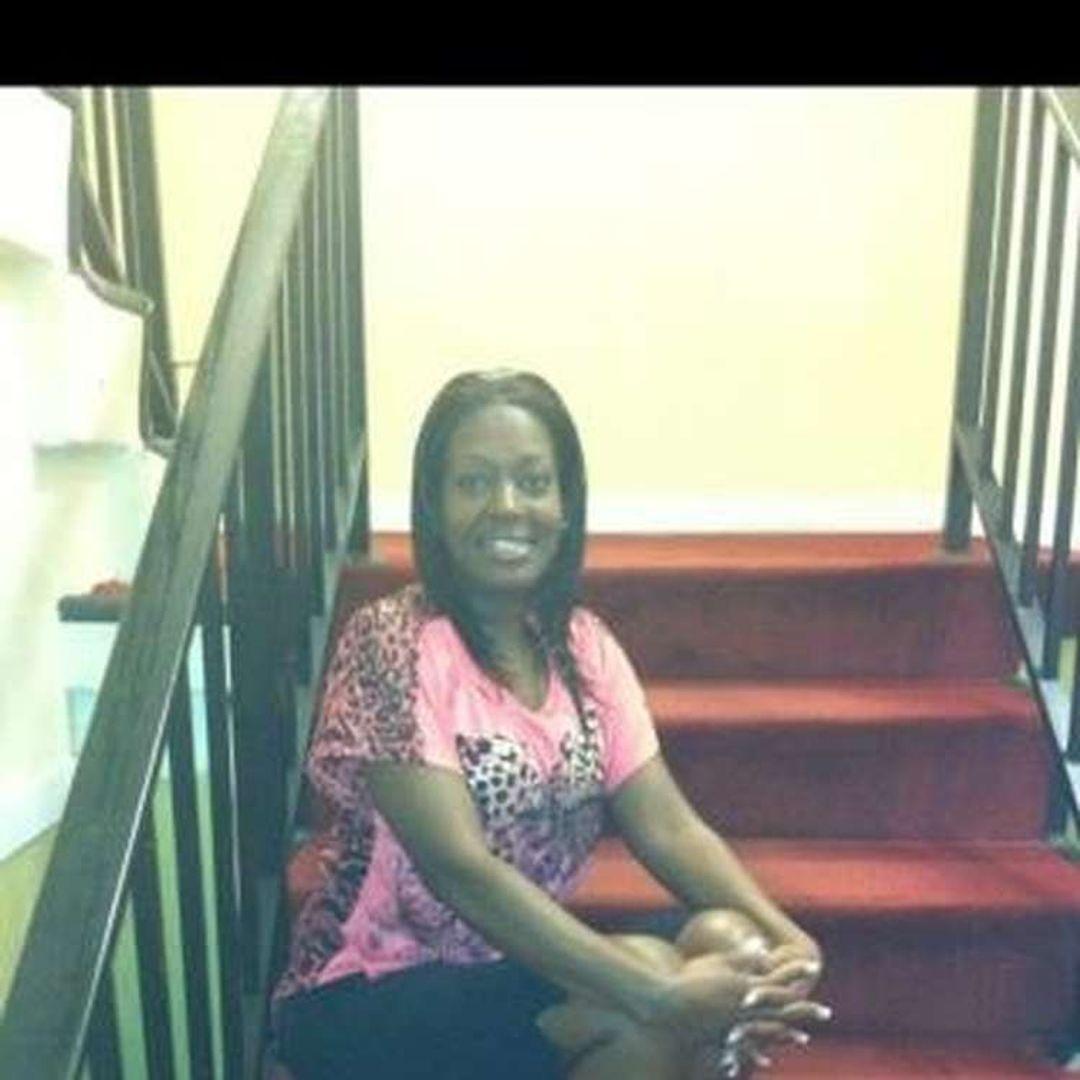(Day 56 on the road) Its been roughly a month since I arrived in Colombia, so now seems like a good time for a first recap. And to say it upfront, it has been a pretty good month indeed! After a flight (and a 3 ½ hour wait at understaffed Colombian immigration), Medellin with its 2,5 million inhabitants was my first port of call.
And despite of what image the city has as the former base of the infamous Pablo Escobar and its drug cartel, these days I found it to be an inspiring and city. Gone are the days when Time Magazine called it The Most Dangerous City in the with its gang wars and the highest murder rate in the world.
Nowadays, the whole city seemed to brim with energy and innovation – there were electric buses, a great free service (complete with very good bike lanes), great restaurants, little galleries, bigger museums, cozy cafes and much more. All in all, the city kept me busy for five days, exploring its various parts and staying in two very cool Airbnb apartments.
cars, which now connect once deprived barrios with the efficient public transport system and the wider city. And speaking of barrios: Quite a few of once are nowadays safe places to visit for tourists. The most famous is the hip neighborhood of Comuna 13, but there are also less touristy areas like Santo Domingo which I thoroughly enjoyed exploring. And yes, I did have a look at the house where Pablo Escobar was killed on the rood, and the cemetery in Itagui where he is buried.
Wandering around Medellin, I caught myself thinking that I should have left the Dominican Republic earlier. Colombia is just so much nicer, on virtually all aspects – the varied food on offer, the energetic atmosphere, generally things to do and see, the attention people pay to details, vaccination spots in the subway, lovely flower shops, cultural aspects like museums and art galleries, the way to approach things. Anyway, I am getting carried away. Plus, it is what it is.
So onwards, east to beautiful Guatape, with its huge artificial (but immensely beautiful and peaceful) landscape of lakes, where I experienced the first and only backpacker vibe in Columbia so
far. I stayed in a very cool hostel away from the town, and meeting other travelers in the areas was great. The place was also great for hiking and trailrunning, which I enjoyed a lot here.
Not so great were the pretty grim stories I heard from my fellow backpackers, most of them centering on being fed drinks spiked with scopolamine (Devils Breath), robbed at knifepoint/ gunpoint, pickpocketed, held hostage for days for extensive credit card withdrawals, or even worse (think organ thieves).
And indeed, in Medellin, Bogota and other bigger cities later on, pretty much every place I stayed in had different pieces of advice for me. A small selection of what I have actually been told during the past month: Dont turn left when you leave the hotel, avoid this neighborhood after dark, after dark better take Calle 4 rather than Calle 3 back to the hotel, dont visit this neighborhood at all, be careful in this area, dont hail taxis from the street, always take taxis after dark, always carry your backpack in the front in the city center, never take your phone out on the bus, dont leave the hotel
with that watch on your wrist and so on. After a while, all these warnings somehow got to me, making travelling around the bigger cities somewhat uneasy unfortunately.
The Colombians actually have a unique way of expressing this general awareness they practice in their everyday lives: No dar papaya, translated as Dont give papaya. It basically means not expose yourself to danger by making it too easy for thieves. In other words: Dont put yourself in a position where you vulnerable to be taken advantage of. You literally hear the phrase from almost everybody you meet and who wants to warn you of potential danger; I heard it three times within five hours of arriving in the country.
